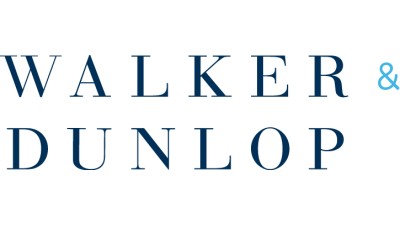Data Science Knows What Your Next Job Should Be

When they have a great employee that they want to invest in, employers and their human resources departments face the conundrum of where to place them next. It is not so easy to find a new role where an employee will be productive and satisfied, but also challenged, where they can drive innovation and make a difference.
Increasingly, though, that puzzle isn’t going to be solved by a person, but by an algorithm.
By crunching the data on what career paths the most successful employees at a company have taken, data algorithms can suggest the kinds of roles that an employee should take next to develop their skill sets, stay satisfied and be even more valuable to the company.
“These algorithms can identify patterns to tell you what your next great job could be,” Workday CEO Aneel Bhusri said on the most recent Walker & Dunlop Walker Webcast. “It might take years for a human to comb through all the possible career paths to find the best one. A machine can do it in seconds.”
As the provider of human resources software to over 45 million employees globally and around half of the companies in the Fortune 500, Workday has an immense trove of data on promotions, compensation and career trajectories at the biggest organizations in the world. The company recently gave its users the ability to leverage data science insights to see the next best roles for their employees.
For Workday’s stable of enterprise clients, including Walmart, 3M and the state of California, their workforces are large enough that just internal data is enough for an algorithm to make insight-driven predictions, Bhusri said. But for smaller companies, Workday has launched a similar opt-in service to share their information to a growing pool of public, anonymized workplace data that can help teams across industries make smarter hiring and promoting decisions.
“The more data you have, the better the predictions will be,” Bhusri told Walker & Dunlop CEO Willy Walker.

While the team of software developers at Workday still dwarfs the team of data analysts, Bhusri said the data science unit is the fastest-growing at Workday. On the webcast, he described data science as the next technological watershed and a clear consequence of the shift to the cloud-based model that has let companies amass warehouses of useful data.
However, Bhusri was insistent that the purpose of data science and technology in general is not to replace humans, but to make humans better. Even with algorithms giving them data-driven suggestions, human resources employees and executives are still going to be the ones who are making hiring and promoting decisions.
“The purpose of these algorithms is to eliminate the manual, mundane work so employees can focus on higher-level, more strategic projects,” Bhusri said. “There’s nothing good or evil about technology. It’s how you use it.”
After taking a break for the holidays, Willy will host Wharton Professor Peter Linneman on Jan. 6 to discuss the state of the real estate market going into 2021 and his quarterly predictions. Register here for the event.
This article was produced in collaboration between Walker & Dunlop and Studio B. Bisnow news staff was not involved in the production of this content.
Studio B is Bisnow’s in-house content and design studio. To learn more about how Studio B can help your team, reach out to studio@bisnow.com.

